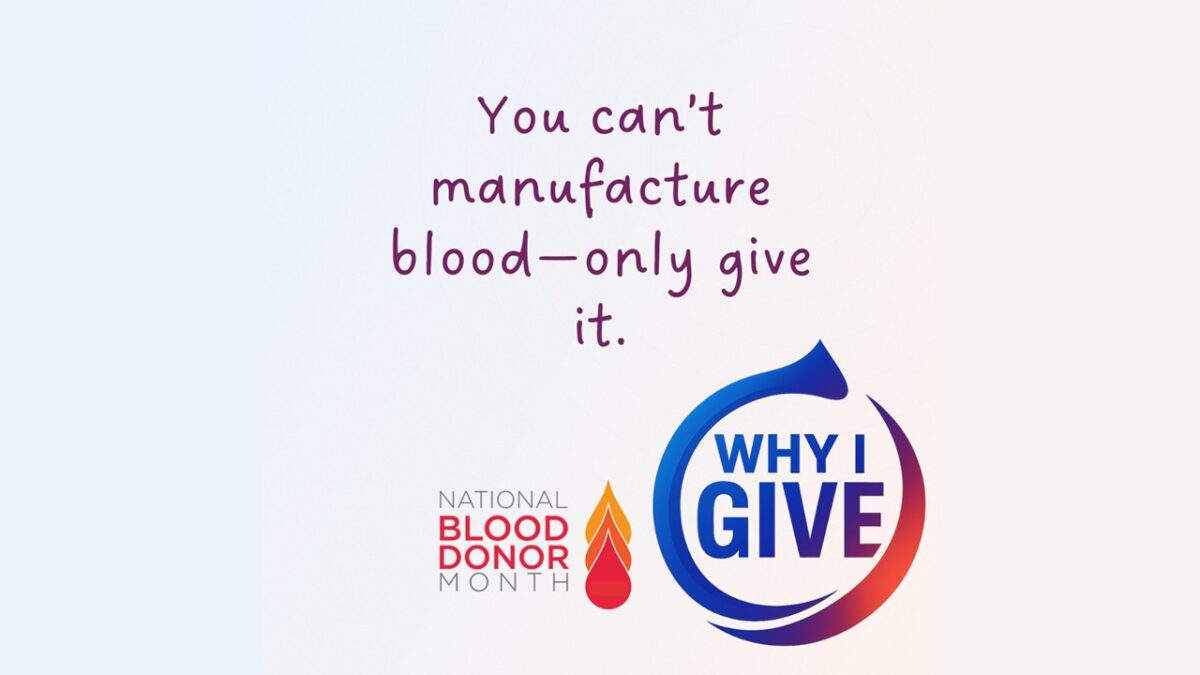The field of clinical research will witness significant advancements in 2024. From the continuing trend of the rapid adoption of AI tools to the growing use of real-world evidence (RWE) in regulatory decision-making and a focus on enhancing data integrity, find out how clinical trials will evolve in 2024 to shape the future of medical research. Read on to learn about the top 10 clinical trial trends for 2024, and be sure to explore and join upcoming webinars about clinical trials at Xtalks.
1. Decentralized Clinical Trials (DCTs) Continuing Momentum
Visiongain’s 2023 report estimates that the market size for DCTs was approximately $7.67 billion in 2022 and is anticipated to expand at a compound annual growth rate (CAGR) of 7.6 percent from 2023 to 2033. DCTs leverage digital health technologies like mobile health apps, wearable devices and telemedicine to conduct trials remotely, significantly reducing participant burden and broadening geographical reach, thus helping to diversify participant demographics.
2. Artificial Intelligence (AI) and Machine Learning (ML) Revolutionizing Trials
A 2023 study published in Nature Medicine highlighted how AI can be used to link patients to suitable clinical trials and recruit potential participants. ML algorithms are being increasingly used to analyze vast datasets for patient selection, reducing the likelihood of trial delays due to recruitment challenges. AI is also instrumental in predictive modeling, helping to anticipate trial outcomes and adapt strategies in real time.
3. Patient-Centric Approaches on the Rise
A survey conducted by the Center for Information and Study on Clinical Research Participation, Inc. (CISCRP) found that 41 percent of respondents indicated it was very important to know that a group of patients and caregivers with their condition had provided feedback on the study design before beginning to enrol study volunteers. There is also a growing shift towards more easily understandable consent processes, flexible scheduling and incorporating patient-reported outcomes (PROs) as primary endpoints in trials, which enhances the relevance and applicability of trial results.
4. Increasing Use of Real-World Evidence (RWE)
The US Food and Drug Administration (FDA) issued draft guidance in 2023 to support the use of RWE in regulatory decision-making for medical devices. The guidance aims to clarify how the FDA evaluates real-world data (RWD) to determine if it is of sufficient quality for generating RWE that can be used in FDA regulatory decision-making. The guidance is currently open for comments until February 20, 2024. RWE is being used to understand treatment effects in broader, more diverse populations and in post-marketing surveillance to monitor the long-term effects of approved treatments. This approach is bridging the gap between clinical trial conditions and real-world scenarios.
5. Emphasis on Diversity and Inclusivity
There has been growing recognition of the importance of having diverse trial populations to ensure that study findings are generalizable and effective across different demographic groups. The FDA has been taking significant steps to help increase clinical trial diversity. In 2022, the agency issued a draft guidance about how the industry can improve enrollment of clinical trial participants from underrepresented racial and ethnic populations. This initiative aligns with the Biden Administration’s Cancer Moonshot goal of addressing inequities in healthcare, including cancer care.
6. Personalized Medicine Driving Targeted Trials
In 2022, personalized medicines accounted for 34 percent of all new FDA drug approvals, as reported by the Personalized Medicine Coalition, reflecting a robust industry focus on treatments tailored to individual genetic profiles. This trend necessitates more biomarker-driven clinical trials, which tend to be more targeted and often yield more potent therapeutic benefits.
7. Blockchain for Enhanced Data Integrity
From cryptocurrencies to clinical trials, blockchain technology will gain significant traction in clinical research. Blockchain can enhance data security and compliance by creating immutable data records. This technology is particularly useful in multi-center trials, ensuring consistent data handling and reducing risks of data breaches or tampering.
8. Stricter Regulatory Oversight
The FDA and European Medicines Agency (EMA) are increasingly focusing on data integrity, patient safety and ethical considerations in trials. As such, there has been a continued rise in audits and inspections to ensure compliance with Good Clinical Practice (GCP) guidelines, reflecting a more rigorous regulatory environment in response to advanced trial methodologies.
9. Collaboration Across Sectors Increasing
For the past couple of years, industry reports have been highlighting a trend towards ‘ecosystem’ collaborations, involving pharma companies, biotech startups, tech giants, healthcare providers and patient advocacy groups. These collaborations are leading to more integrated and patient-focused trial designs and are driving innovation in trial methodologies and technologies.
10. Rising Costs and Complexity of Trials
According to a Deloitte report, the average cost of developing a new drug among the top 20 global biopharmaceutical companies rose by 15 percent to approximately $2.3 billion in 2022, and the trend doesn’t appear to be stalling. This increase reflects escalating expenses due to factors like inflation and diminishing returns as drug candidates move from trials to market. The report also mentions that the return on investment for new drugs and vaccines plummeted significantly in recent years, indicating a challenging environment for drug developers. The rising costs can also be attributed to the increased complexity of clinical trials, the use of more advanced technologies, the need for specialized personnel and adherence to higher regulatory compliance standards.
Each of these trends will continue to lend to the evolution of clinical trials in 2024 and beyond. They reflect the industry’s ongoing efforts to adapt to technological advancements, regulatory requirements and patient needs and expectations, with a focus on improving clinical research efficiency and patient outcomes.












Join or login to leave a comment
JOIN LOGIN